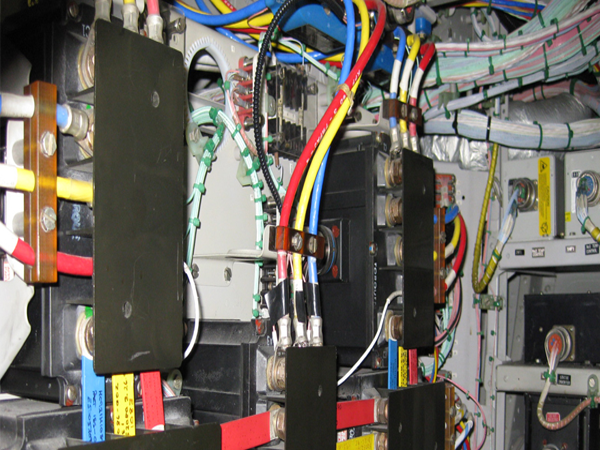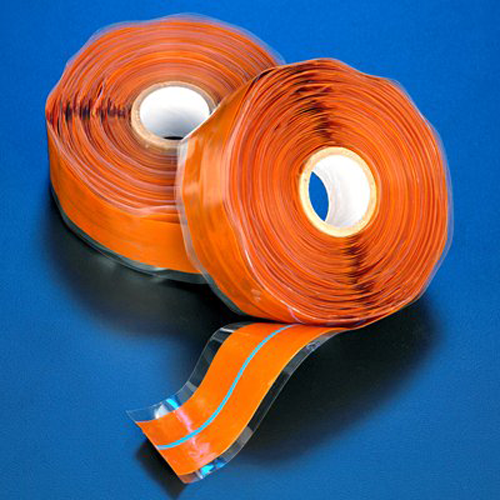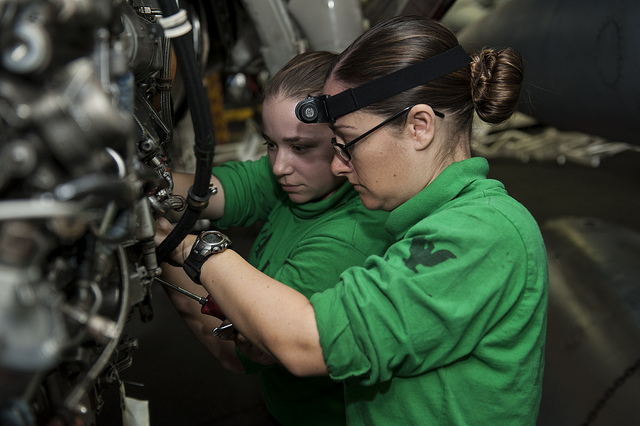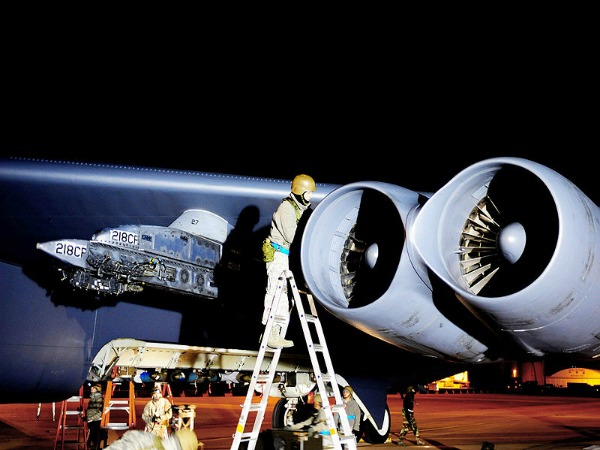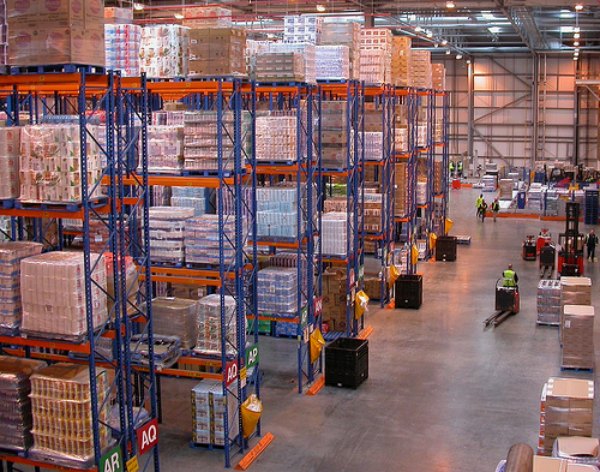How often do you lose sleep at night hearing the word AOG? I just lost an hour of sleep typing it out.
You want to cut this painfully costly occurrence as much as you can, but how?
There’s always something getting in your way of the peaceful non AOG operation.
Like HAZMAT.
Trucking HAZMAT to the Maldives...funny story
This brings me back to a recent shipment we had.
We had 8 hazardous material boxes that needed to arrive into the Maldives as a part of a kit we were supporting.
Our client’s freight forwarder contacted us (I love these guys by the way...sarcasm) to help arrange the shipment. They wanted these shipped to the Maldives as soon as possible but little did they know that the dangerous goods declarations had to be completed.
We asked them where the ultimate destination was and they proceeded to “educate” us that they were going to the Maldives. 4 boxes were cargo only shipments. The Maldives does not allow this as an air freight import.
So, we brutally tried explaining this to them.
They told us to ship everything to Sri Lanka and they would “truck” the shipment to the Maldives.
Yes, truck it to the Maldives.
I began to cry when I heard this.
Truck? To the Maldives? Do trucks now have propellers and float?
The Maldives are islands so the only truck that's getting there is on a boat.
So, we finally arranged to have these goods shipped, via boat, to the Maldives from Sri Lanka.
Maybe you’ve encountered this as well.
The logistics of shipping hazardous material is daunting if not properly prepared for. [CLICK TO TWEET]
The nightmares of distribution
The biggest problem with HAZMAT shipping, besides dealing with silly freight forwarders is not knowing the logistics before shipment.
It’s like going to a salad bar with no plate.
Things get messy.
The first order of business is you must know who’s shipping the goods.
Is it your supplier? Is it a third party packer? Whoever it is, you need to know.
The next order of business is to know who stands in your way of delivery.
Are there any intermediaries? If so 2 dangerous goods declarations will have to be created. One from Skylink to the intermediary and one from the intermediary to you.
If you can avoid the intermediaries, I recommend it. As you’re well aware of, too many people touching the shipment increases the probability of errors.
It’s like the holidays, package for perfection
Have you ever sat through a HAZMAT course?
Brutal, I know.
It brought me back to my childhood days where I would sit in class falling asleep and...POW...hit the floor as I fell out of my chair.
Whether you’ve been through the class or not, you should know that each UN has a corresponding packing instructions.
These are all in the IATA Dangerous Goods Manual.
Whether you need to know the proper cardboard box, proper barrel packaging or the associated stickers, it’s very important to package the shipments properly.
If the packaging isn’t done properly the shipment will be sent back, possibly creating an AOG situation for you.
This is why competency is key and we can thank our team member Ronald Cathey for our HAZMAT shipments.
Controlled by countries and airlines
As you can see, shipping HAZMAT is a tedious process, which is why certain HAZMAT fees are associated with these shipments.
Another hurdle that you or your supplier will have to overcome is specific country or airline policies.
In the story at the beginning of the post you heard about the Maldives not accepting cargo only shipments.
These are things that you’ll need to know to avoid HAZMAT creating AOGs.
When your shipment is to an ultimate destination, ask yourself these three questions:
- Does the country allow cargo only shipments?
- Do they allow HAZMAT at all? If not, where can we divert the shipment too?
- What are the other restrictions for HAZMAT shipments?
These questions will help you get ready.
And remember all of this is in your IATA Dangerous Goods Study Guide.
If you thought the countries policies were tedious, we haven't even got to airline specific policies.
Some might not allow oxygen generators (almost all airlines), while others will allow you to ship more than a certain amount of a specific UN number. Some might have a requirement for specific classes to ship a certain distance away from one another in the belly of the aircraft.
These are all things to understand. If a cargo flight is full and your HAZMAT shipment needs a certain amount of distance away from each other than your shipment could get bumped. Not good.
This is why having a plan is imperative to avoiding AOGs.
Just as the country specific policies, the airline specific policies is all in the IATA manual.
Protect your yourself
The best way to avoid HAZMAT related AOGs is to know that you have a pending HAZMAT shipment and prepare.
It’s a great idea to have contingencies (your supplier should have these as well) to mitigate any issues that could occur.
Get yourself a copy of the IATA Dangerous Goods Manual and get trained in proper HAZMAT shipping protocol. This will help give you the advantage of knowing how dangerous good should be shipped.
It never hurts to know.
When you can, never give control to a third-party packer. They just don’t understand what an AOG is and they're usually slow. That's at least my experience.
They also charge a hefty fee as opposed to your supplier just doing it for you.
Consumables shipments are by far the most common HAZMAT shipments we see.
If you’re looking for a partner who has both a positive consumable and HAZMAT shipping track record I urge you to click here.







